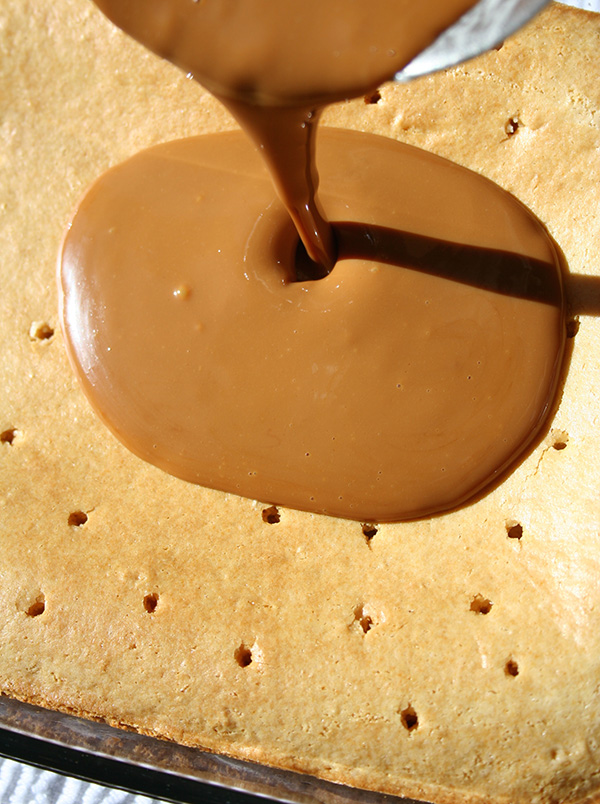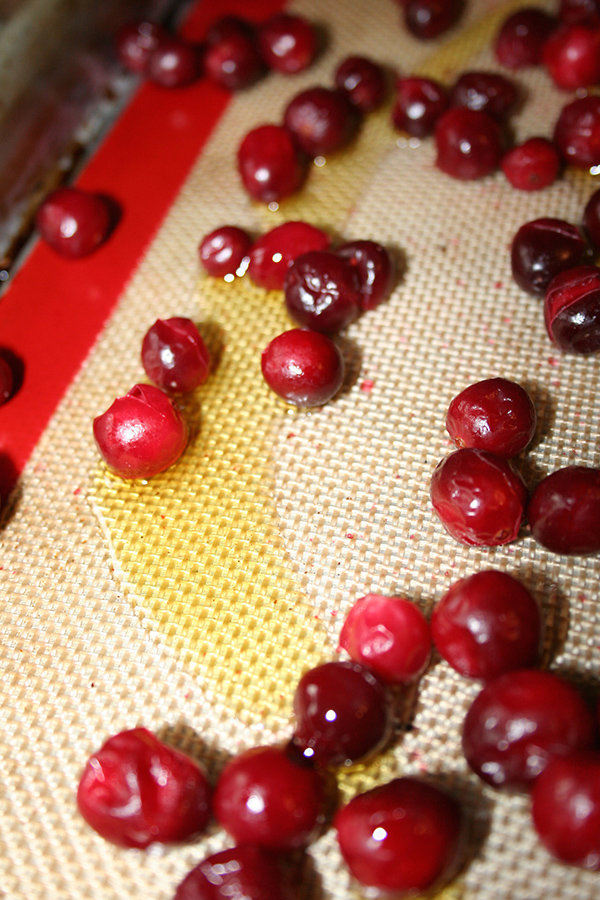But a superior product is not why I started making kreme-filled donuts at home: it's mainly so I can jam them with as much buttercream filling as I want and desire.
These chocolate kreme-filled donuts will please your palate if you love the Dunkin' variety like I do, and you can stuff them with as much filling as you like.
Oh, and you may also enjoy the companion recipe for Vanilla Kreme filled donuts.
Chocolate kreme donuts at home
- Makes 18-24 (2.5-inch) donuts
- Active Time: 1 hour, 20 minutes
- Total Time: 3 hours, 30 minutes, plus cooling times
For the donuts
- 2 cups (about 8 1/2 ounces) all purpose flour, plus more for work surface
- 1 packet active dry yeast
- 1 teaspoon salt
- 1/3 cup (about 1.58 ounces) granulated sugar
- 2 large eggs
- 3/4 cup (6 ounces) whole milk
- 1 1/2 tablespoons extra virgin olive oil
- For frying: enough olive oil to fill a deep skillet 2 inches deep
For the filling
2 cups chocolate buttercream (for an authentic Dunkin' experience, use a shortening-based recipe)
To top
Confectioners’ sugar; sprinkles
Equipment:
- rolling pin
- a deep skillet, for frying
- a slotted spoon for removing donuts from the frying oil
- a pastry bag with a round tip, large enough to pipe your buttercream into the donuts
- a wire rack
- paper towels
Time to make the donuts. Place the flour, yeast, and salt in the bowl of a stand mixer. Set aside.
In a medium saucepan, warm the milk, sugar, and olive oil until the mixture reaches about 105°F. Remove from heat and whisk in the eggs.
Add the wet mixture to the dry, and using the paddle attachment, mix on low speed until the dough comes together. Increase the speed to medium-high, and continue mixing until the dough is smooth and pulls away from the sides of the bowl, five to seven minutes. It will still be somewhat sticky.
Form the dough into a ball and place in an oiled bowl. Cover with a towel and let it rise in a warm place for about an hour, or until doubled in size.
Near the end of the rising period, prepare your work area. Dust a work surface with flour, and place the dough on top. Using a floured rolling pin, roll the dough to about 1/4 inch thick. Using a 2- or 3-inch round cutter (or even a floured drinking glass rim, or the top of a wide mouth mason jar), cut out as many circles as you can and place on a lightly floured baking sheet.
Re-roll the scraps and continue cutting out circles until you've used all of the dough. Cover the rounds with plastic wrap and again let them rise, this time for about 30 minutes. They will begin to look slightly puffy.
Place paper towels under a wire rack. Have it near your frying surface. This is where you'll put the donuts to cool off after frying.
It's time to get frying. Heat your oil in a large deep skillet or deep pan until it has reached 350°F.
Transfer the rounds a couple at a time (you don't want them crowded) and fry until browned—about 1 to 2 minutes. Flip, and remember the second side takes less time to fry. Using a slotted spoon, transfer to the wire rack. Continue frying until you've finished them all.
By the time you're done frying, the first of the fried donuts should be cool enough to handle. Using a chopstick or small knife, make a hole and slightly "shimmy" it without enlarging the hole too much, to make more space in the doughnut for the filling.
Load up a piping bag with your buttercream, and pipe a little over a tablespoon-ful into each doughnut. (You can also spoon it in if you prefer, slicing the doughnut in half and spooning the filling inside). Once filled, place the donuts back on the wire rack. Dip the exposed ends of the buttercream in rainbow sprinkles for extra joy.





































































